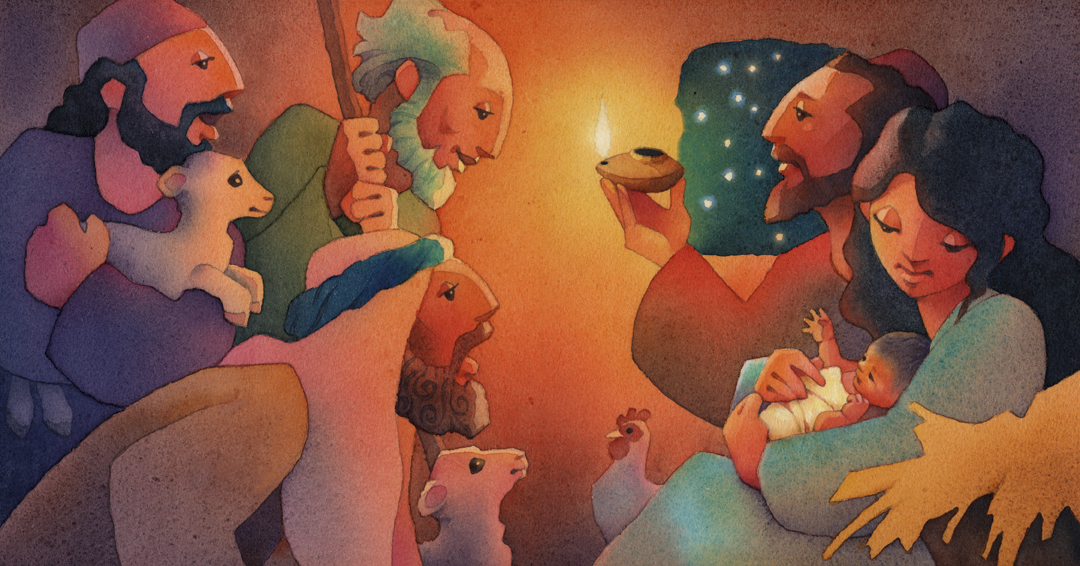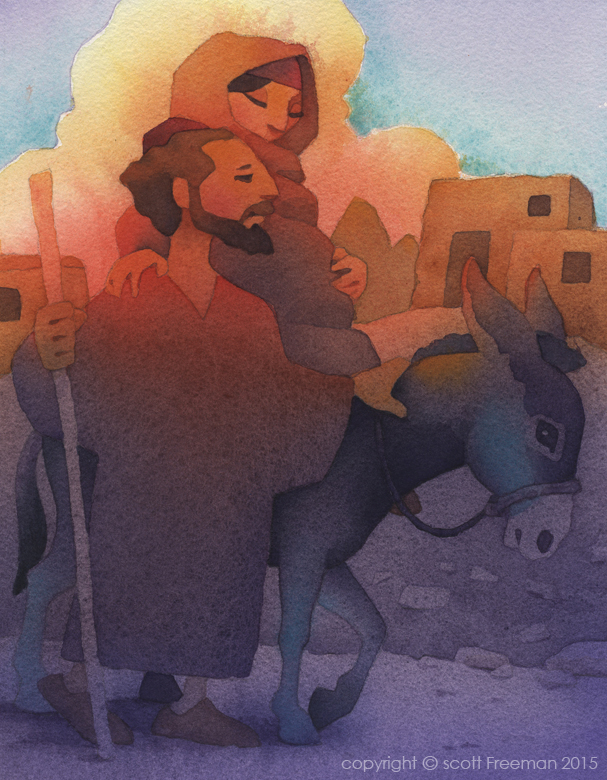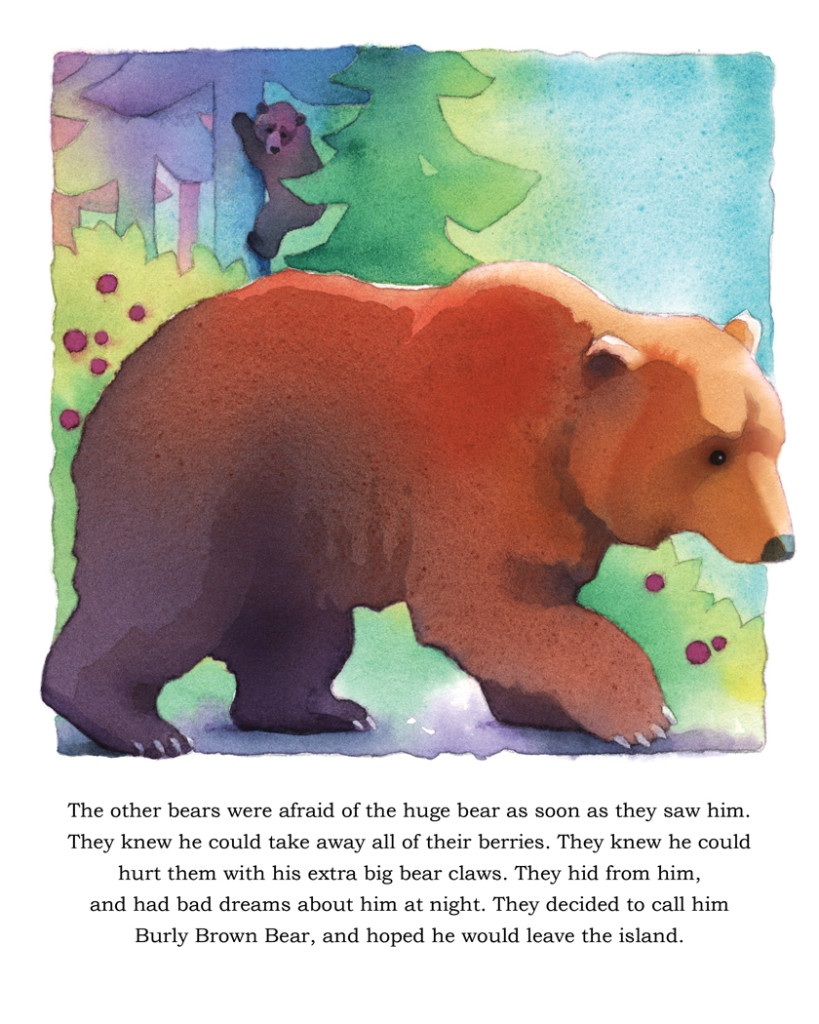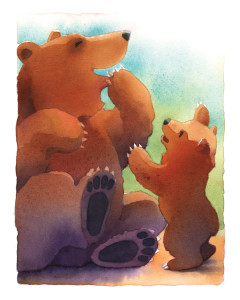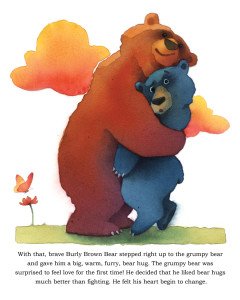As we approach the Christmas season, I thought I would share a favorite post, The Visitation, from several years ago. I still find it encouraging, and I hope you will too:
Sometimes I find it enriching to “copy” great paintings. I like doing this for a couple of reasons. First, re-tracing the stages of a great painting is a good way to learn about painting. It’s like thinking the thoughts of the painter after him/her. In the process one can sometimes understand why the original painter made certain decisions about color, composition, and subject matter.
But secondly, I view re-painting a great composition as similar to doing a musical cover of a great song. It’s not about making a literal copy, or even necessarily trying to improve upon the old composition. Sometimes it’s about making the song (or painting) come alive for a new generation, and honoring the greatness of the original. For me it says there is something beautiful or profound there that is worth looking at or listening to again.
Below is an early 16th century painting by Italian artist Mariotto Albertinelli. I think it’s a painting worth writing about during the Advent season. I’ve never seen this painting in person. I only ran across it in an old art book one day, and it stopped me cold. I’ll tell you why I was drawn to this painting…
…I was moved for a number of reasons. The main reason is the tender depiction of the relationship of these two pregnant women, each leaning in toward the other. I love how their hands are clasped near their wombs; how the older begins to embrace the younger. Most striking of all to me is the proximity of their faces to one another – almost touching, as if there really is no adequate physical way to express what they are feeling.
Even if you’re unfamiliar with the story that is depicted here, you may get the feeling that something momentous has happened, or is happening. You may feel that these women share some wonderful secret.
In fact, they do share a terrible and fantastic secret.
This is a depiction of what has come to be called The Visitation, recorded in the first chapter of the gospel of Luke. After learning that her elder kinswoman, Elizabeth, is pregnant, Mary goes to visit her in the hill country of Judah. Both women carry children miraculously conceived, and named by God Himself. Both pregnancies were preceded by secretive angelic visits, with messages so extraordinary that they strained belief. Even today, some two thousand years later, most people do not believe their story. Yet, enough of us do believe it that the story remains with us.
Elizabeth’s situation is a bundle of conundrums. She is infertile, past childbearing age, and childless – until now. At the time of Mary’s visit, Elizabeth is six months into her pregnancy. Of her coming child, John, the angel Gabriel had spoken these words:
“…he will be great before the Lord,…And he will turn many of the sons of Israel to the Lord their God, and he will go before him in the spirit and the power of Elijah, to turn the hearts of the fathers to the children…” (Luke 1:15-17)
These words were a direct reference to the very last words written by the last Mosaic covenant prophet, Malachi, prophesying what would occur before the coming of the Messiah (Malachi 4:5). Now after 400 years of silence from God, the waiting is over, and Elizabeth’s child will be this Messiah’s forerunner. However, even knowing the prophecies, nothing would unfold as expected:
Elizabeth was the wife of a Jewish temple priest. Their child John would announce the Messiah, who would in turn make that Jewish Aaronic priesthood obsolete (Heb 8:1-13). He would do this, not because that system was wrong, but because the entire Mosaic system pointed to Him, and He would bring about something much better. In fact this Messiah would be the fulfillment of every Mosaic covenant feast and ritual, though no one could see it at the time.
Mary’s situation is even more impossible. In a culture where sexual infidelity is a punishable offense, she chooses to bear the stigma of an untimely pregnancy. But what can she say to people? God made me pregnant? Only an angelic visit to Joseph persuades him to stay with her.
And after that, what can he say to people? An angel told me in a dream that God made her pregnant? Right. Oh…and by the way, our baby is the Messiah that you and all of Israel have been expecting for centuries? There is really nothing to be done except to let the story unfold. Only trusting in the loving God who initiated all of these things makes sense.
So for now these two women have each other, both caught up in events too mysterious and too earthshaking to be understood at this point. They stand at a place of vivid tension between flesh and Spirit, faith and sight, darkness and light, and between this age and the one to come.
For those interested, the original painting has been sold, but I do have prints available of the original. Prints are 6×8″ on archival watercolor paper, and come with a certificate of authenticity. Cost is $20.00, unframed, and includes shipping within the US. Makes a nice gift for both art lovers and people of faith. To order, email me at scottnmollie@yahoo.com.



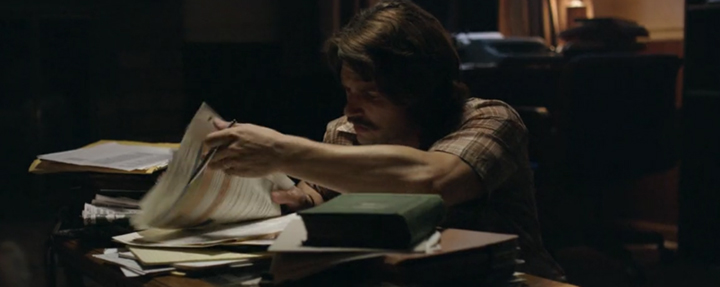 I was pleasantly surprised when I recently went to see The Case for Christ. Grab your spouse or a friend and see it while it’s still in theaters.
I was pleasantly surprised when I recently went to see The Case for Christ. Grab your spouse or a friend and see it while it’s still in theaters.